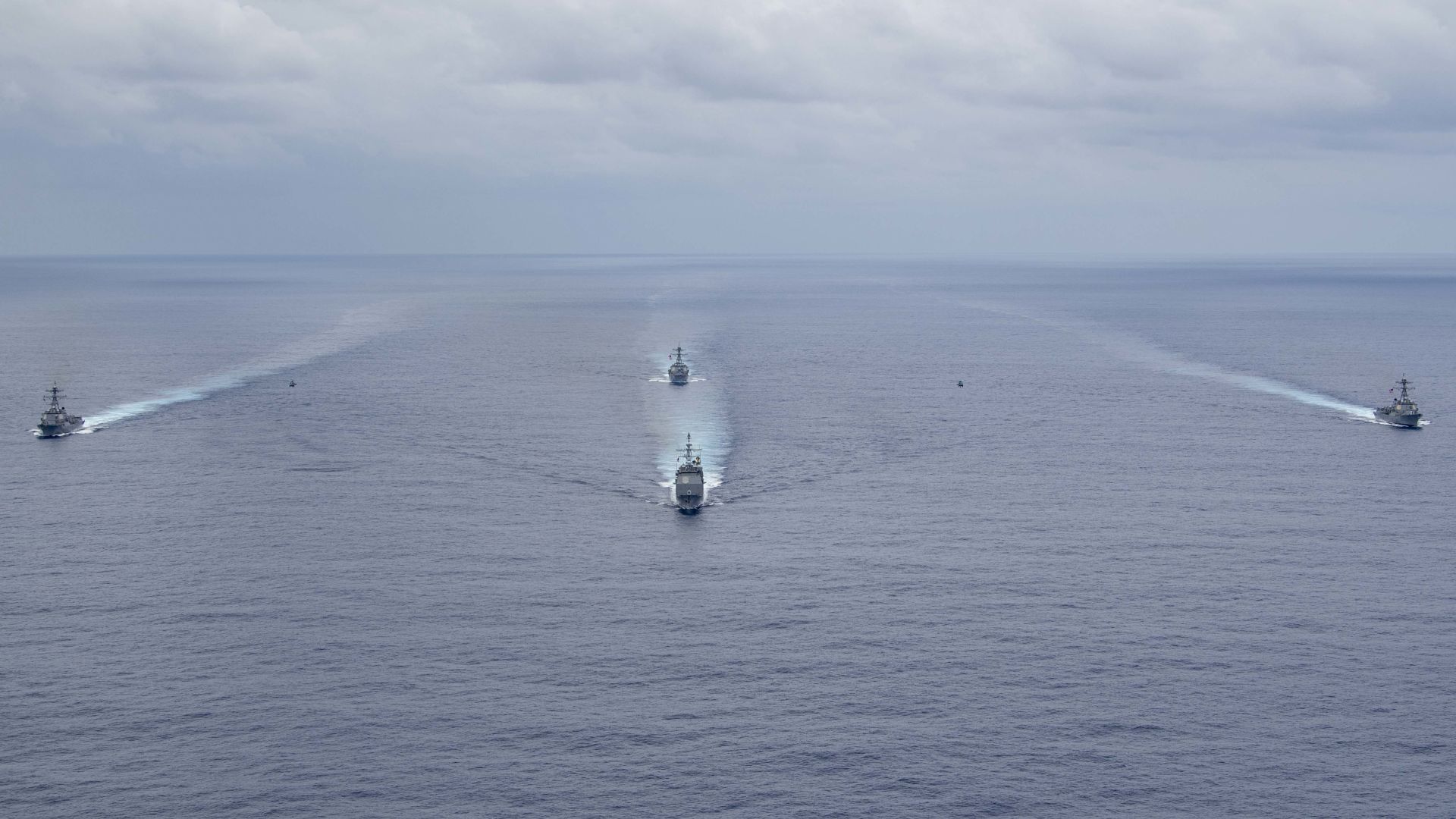
The Naval Undersea Warfare Center (NUWC) Division, Keyport is using data analytics to better predict the obsolescence of equipment and systems in order to plan for the future before replacements are actually needed.
Naval Innovative, Science, and Engineering (NISE) funding allows for commands like NUWC Keyport to engage in research and development in order to position the Navy to be ready to overcome tomorrow’s challenges through innovative work today.
Dr. Jennifer Williams, a lead computer scientist at NUWC Keyport, is using NISE funding to study software obsolescence. Just as hardware needs to be upgraded to extend its service life, or else replaced when it is no longer useful, software applications face the same problem.
“In hardware obsolescence there is a distinct delineation for when a hardware component is obsolete: the part is either being produced or it is not,” said Williams. “Unfortunately, software components do not behave the same way.”
Williams said there are three types of obsolescence for software, and her team is working to quantify those so they Navy can better predict and plan for them.
“There are three common types of software obsolescence: technological, functional, and logistical,” said Williams. “In technological obsolescence, a software component is considered obsolete if technical support ends or patches are no longer created. Functional obsolescence occurs when there is an incompatibility between software and hardware components. Logistical obsolescence occurs when there is limited access to the software component or access has been terminated.”
To make matters more difficult, Williams said there are five types of software that must eventually be explored as the data analysis tools are developed: operating systems, drivers/ firmware, programming languages, libraries, and applications. Williams said her team is focusing on technological obsolescence for applications this year.
“We are also exploring whether the data is available to map the interactions within software components and between software and hardware components,” said Williams. “That way we can essentially predict the impact of an obsolescence event similar to predicting the ‘spread of the disease.’”
Dr. Aaron Darnton, NUWC Keyport’s chief technology officer, said developing solid data analytics for predicting software obsolescence will save the Navy both time and money.
“The techniques Dr. Williams and her team are developing are key to operationalizing the vast amounts of data we have on systems to inform decision making and increasing operational time for the Navy’s systems,” said Darnton.
Williams said that NISE funding for her data analytics research will allow NUWC Keyport to remain a leader not only in the technological hardware the warfare center produces, but to become a leader in the emerging field of software obsolescence.
“The flexibility of NISE funding not only allows us to conduct unique research projects such as this, but has made it very easy for my team to transition to a full telework status during the Coronavirus pandemic,” Williams said. “This means we are continuing the work of supporting our warfighters and expanding our advantage while keeping our team safe and healthy.”
from Defense News by DefenceTalk.com https://ift.tt/2VhgGXS
via Defense News
No comments: